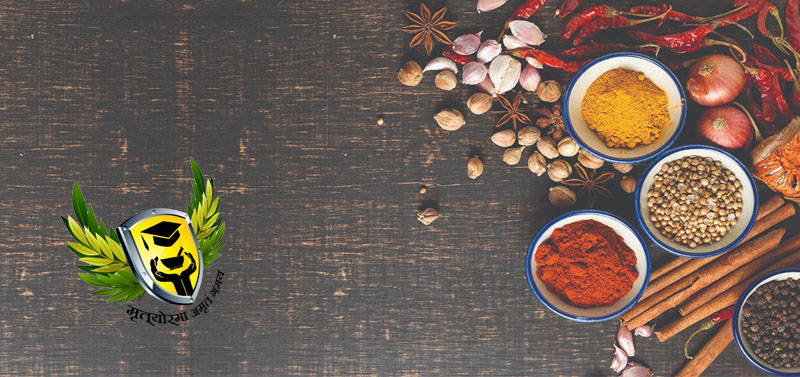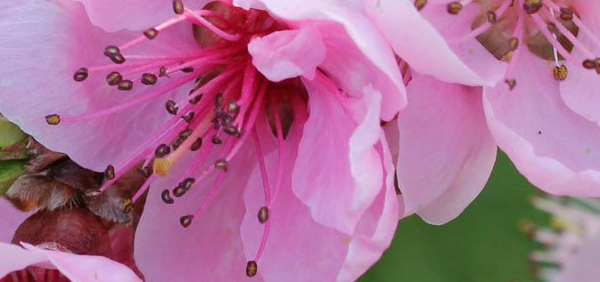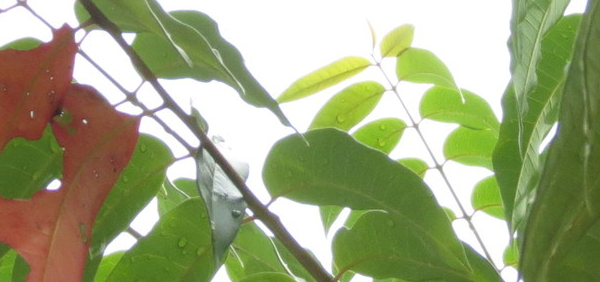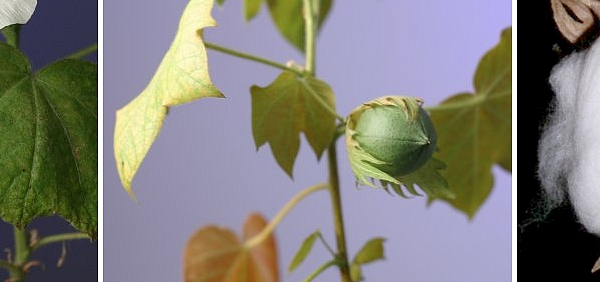kasani :

Morphology:
It is a bushy perennial plant that attains a height of 1 to 3 feet. The stem has edges having hard branches. Leaves are sphere shaped having a bitter taste. Flowers are of blue of lavender color having a diameter of 1 to 1 ½ inch, which is bit thicker at the center. Fruit is angular, having light color. Root is like a tail of a cow and is fleshy having brownish color from outside and white color from inside. It has a length of 2 ½ feet and has a bitter taste. The other related species that is cultivates is Cichorium endivia. It is generally found in cultivated lands and gardens.Histology:
-Leaf anatomy - The lamina has an adaxial and abaxial epidermis, each one - cell thick , separated by mesophyll cells. The lamina is wider where there are vascular bundles which contain xylem tracheary elements and phloem. The walls of the epidermal cells above and below the vascular bundles are thicker than in the rest of the lamina. In the midrib, there is a distinct hypodermis beneath both abaxial and adaxial epidermis. the midribs contain several vascular bundles which are larger and better defined than in the lamina. Large parenchyma cells occupy most of the region between the two hypodermal layers.- » Classification and names of kasani
- » Synonyms and definitions of kasani
- » Drug Properties of kasani
- » Chemical Constituents of kasani
- » Standardization of kasani
- » Parts used and Dosage of kasani
- » Morphology and Histology of kasani
- » Distribution and Conservation of kasani
- » Cultivation of kasani
- » kasani in the market
- » Medicinal Uses of kasani
- » Researches and clinical trails of kasani
- » kasani in other sytems of medicine
- » Ayurvedic formulations with kasani
- » Images of kasani












